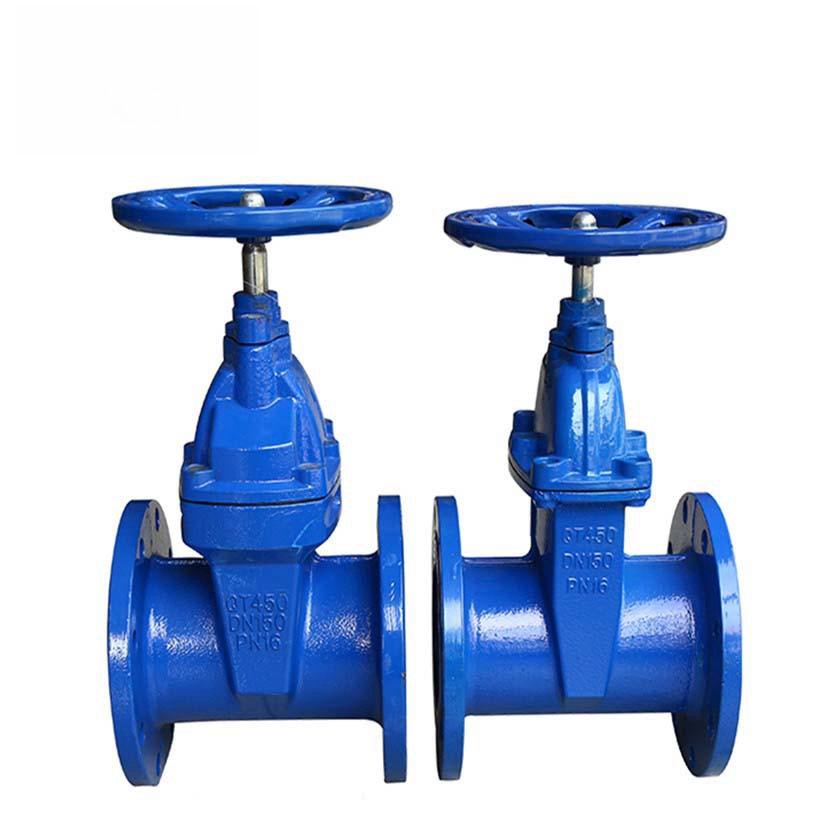cast iron plug valve
Understanding Cast Iron Plug Valves A Comprehensive Overview
In the world of industrial applications and piping systems, valve selection is crucial for ensuring smooth operations. Among the various types of valves available, cast iron plug valves stand out for their reliability and versatility. This article delves into the characteristics, advantages, applications, and maintenance of cast iron plug valves.
What is a Cast Iron Plug Valve?
A cast iron plug valve is a type of valve that uses a cylindrical or tapered plug to control the flow of fluids. The plug is designed to fit snugly within the valve body, allowing it to either block or permit fluid movement depending on its orientation. Plug valves can be operated manually using a handle or automatically through actuators, making them suitable for a wide range of applications.
Characteristics of Cast Iron Plug Valves
1. Material Composition As the name suggests, cast iron is the primary material used in the construction of these valves. This heavy-duty material provides excellent durability and resistance to wear and tear, making it ideal for industrial environments.
2. Design Cast iron plug valves generally feature a simple design consisting of a valve body, a plug, and a sealing mechanism. This straightforward design minimizes the risk of failure and facilitates ease of maintenance.
3. Sealing Mechanism Typically, the sealing surfaces of the plug valve are designed to create a tight seal when the valve is closed, preventing leakage. The use of materials such as rubber or Teflon in the sealing area enhances the valve's performance, especially in high-pressure applications.
4. Flow Control Plug valves offer excellent flow control capabilities. By rotating the plug, operators can easily adjust the flow rate or completely shut off the flow when necessary.
Advantages of Cast Iron Plug Valves
1. Durability The robust nature of cast iron provides exceptional resistance to aggressive fluids and extreme temperatures. This durability translates to a longer lifespan and lower replacement costs.
2. Versatility Cast iron plug valves can handle various types of fluids, including water, oil, gas, and chemical substances. This versatility makes them suitable for applications in water treatment plants, oil and gas refineries, and chemical processing facilities.
cast iron plug valve

3. Low Maintenance Due to their simple structure and durable materials, cast iron plug valves require minimal maintenance. Regular inspections and occasional lubrication are usually sufficient to keep them functioning optimally.
4. Quick Operation The design of plug valves allows for rapid opening and closing, making them ideal for situations where time is of the essence. A quarter turn is often all that is needed to fully open or close the valve.
Applications of Cast Iron Plug Valves
Cast iron plug valves find applications across various industries, including
- Water and Wastewater Treatment They are commonly used in water distribution systems and sewage treatment plants for controlling flow and regulating pressure.
- Oil and Gas Industry In refineries and pipelines, cast iron plug valves serve critical functions such as regulating the flow of crude oil and natural gas.
- Chemical Processing These valves are used to control the flow of corrosive substances, where their durable construction is essential for safe operations.
- HVAC Systems Cast iron plug valves are also employed in heating, ventilation, and air conditioning systems to manage fluid flow efficiently.
Maintenance Considerations
To ensure the longevity and reliability of cast iron plug valves, regular maintenance is essential. This includes periodic inspection for signs of wear, checking seals for leaks, and ensuring that the actuating mechanisms function smoothly. Proper lubrication of moving parts can also enhance performance and reduce friction-related wear.
Conclusion
Cast iron plug valves are an indispensable component in various industrial applications, known for their durability, reliability, and versatility. Their straightforward design, low maintenance requirements, and quick operation make them a favored choice among engineers and operators alike. Understanding their unique features and applications can help industries optimize their piping systems and enhance operational efficiency.
-
The Key to Fluid Control: Exploring the Advantages of Ball Valves in Industrial SystemsNewsJul.09,2025
-
The Versatile World of 1, 2, and 3 Piece Ball ValvesNewsJul.09,2025
-
Stainless Steel Ball Valves: The Ideal Choice for Efficient Flow ControlNewsJul.09,2025
-
Optimizing Fluid Control with Ball Float ValvesNewsJul.09,2025
-
Manual Gate Valves: Essential for Control and EfficiencyNewsJul.09,2025
-
Everything You Need to Know About Butterfly ValvesNewsJul.09,2025
-
The Versatility of Wafer Type Butterfly ValvesNewsJul.08,2025




